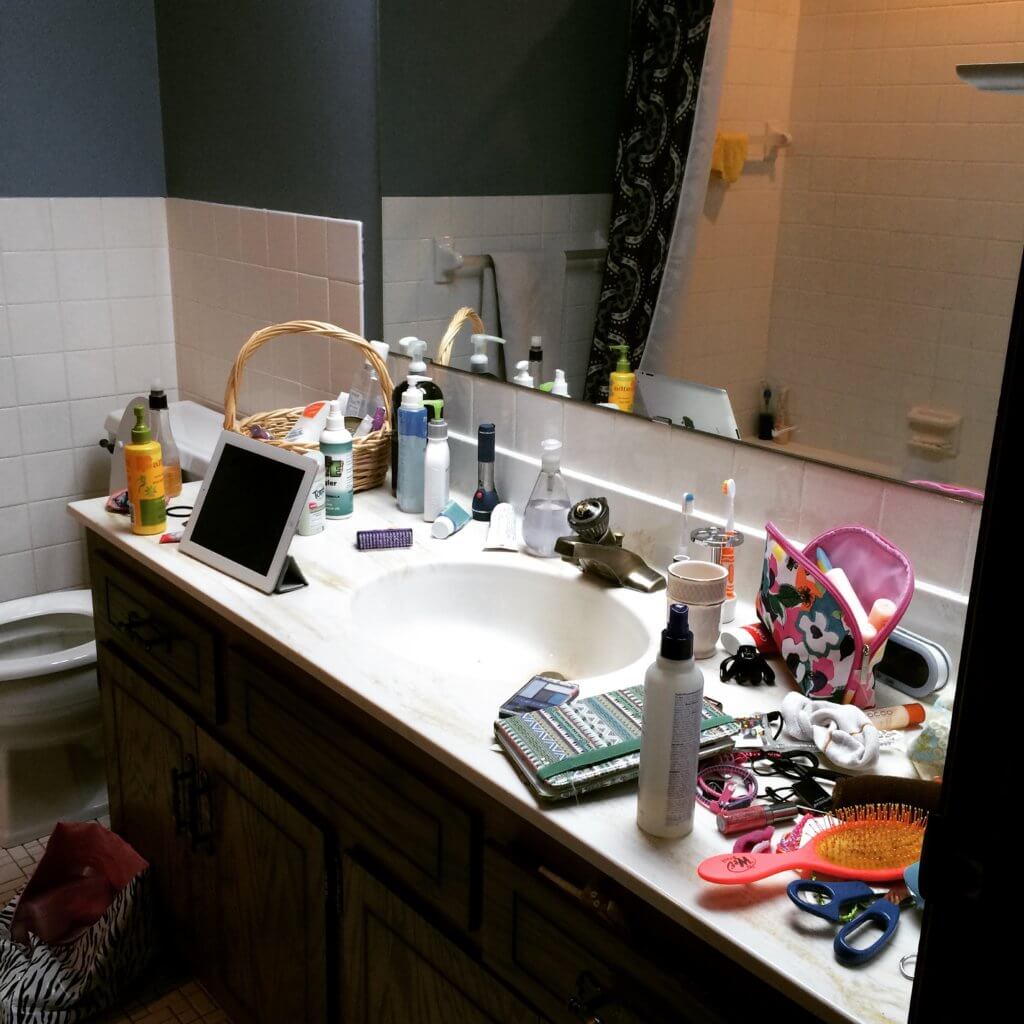
We all have opportunities for improvement: for my oldest daughter, keeping the bathroom clean was (and is) one of them. This picture was taken 2 years ago — she was 10 and left the bathroom like this after getting ready for a big event. I shared this picture (with my daughter’s permission) at an HCAHPS presentation I gave in Maine a few years back as an example of what a clean/healing environment is NOT! One audience member, who clearly had already raised a teenager, said “boy, if this is age 10, hold on – you are in for a wild ride over the next few years!”
So, what does this have to do with the ED and communication?
Throughout this series, we’ve talked about what is important to patients and families and highlighted the importance of the ED not only to the hospital, but to the patient journey. So far, we’ve looked at several best practices for communication, discussing strengths and inconsistencies that our DTA team has seen when coaching physicians, PAs, techs, NPs, coordinators, EMTs, and paramedics from Emergency Departments across the country.
In our coaching practice at DTA, we consider an “opportunity” merely a “suggestion to start.” By this we mean a practice or behavior that we did not witness during our time shadowing the care team member but that if added, would strengthen their practice. We find that with intention and focus (like my daughter and bathroom cleanliness—yes it has gotten better), staff and physicians can incorporate these opportunities into their communication and make an impact on their interactions with patients and families.
Last time we looked at one common opportunity we see when coaching staff in the ED– use of open-ended questions, now let’s look at the other one:
Incorporate teach back: Teach back is a best practice technique that enables the provider to learn from the patient what they have heard and understood from their conversation while simultaneously empowering the patient. It can feel awkward at first, and many nurses or doctors are concerned that the patient will feel like they are being quizzed. Therefore, it is important to practice your approach so that you can utilize the concept of teach back in a way that is comfortable to you and ultimately to your patient.
The benefit of the teach back approach is that it forces patients to think about the key points their providers want them to know and speak those points back to the provider in their own words. This will help them in the long run both for their personal understanding and as they discuss their condition and the going-forward plan with their families.
As a caregiver, by using teach back you are not only checking for understanding, but equally importantly you are empowering your patient to own their responsibility for their healthcare. When someone says something out loud, they are much more likely to follow through with it. So, having the patient repeat the plan and what they need to do (rest, take their medicine, refill a prescription, follow up with primary care) makes it much more likely to happen.
Not sure what to say? Try this:
“We’ve talked about a lot today regarding your care at home and follow up appointments. It is important to me that, together, we understand and agree upon the plan. Could you tell me what you heard regarding your plan after you go home?”
Or in cases where a family member is not present, use teach back to create an opportunity to empower the patient to be able to accurately inform their family of the plan:
“We’ve covered quite a few things and I’m sorry I didn’t get to meet your (son/daughter/wife/husband). Understandably, they may have questions for you when you talk with them next. Let’s take a moment to recap what we just talked about. When you see or talk to them later, what will you tell them about your plan once you go home?”
It’s important to recognize that this doesn’t just apply to nurses and doctors explaining a complicated diagnosis or the discharge plan. I’ve seen many other staff use teach back effectively as well. Techs will talk about how they will use it with patients after they’ve fitted them for crutches, saying “OK, now it’s your turn – show me how you’re going to use these new legs!” Others use it with the call light with patients who are confused or have strength issues – they’ll have them demonstrate how to push the call light saying “Show me how you are going to get a hold of me when you need me?”
Many people – even providers who understand the benefit of teach back, still struggle to feel natural in incorporating it. If you’re in the same boat, I encourage you to just play with some approaches to teach back and try it to see how and where it feels most natural. From my experience, it takes just one time where you think you’ve explained something well and then you use teach back and find out that the patient heard something completely different! When this happens and you have an opportunity to clarify in the moment, the value of teach back becomes real.
Using open-ended questions (our concept from last time) and teach back are linked together. It was a patient in an advisory council who said “When the doctor goes through a long explanation and says ‘Do you have any questions?’, I might have them but have no idea what they might be! But, if they ask me to articulate what I understand then we’ll both figure out what I do and do not know and what questions I may have!”
One of the most common requests we receive is for more resources and approaches on teach back. So, our team at DTA Healthcare Solutions put together this short video for use with your staff and providers. We need to give special thanks to: Dr. Ben Bache-Wiig, Dr. Steve Bergeson, Hannah Brame, Lynn Ehrmantraut, Dianne Okonski, Dr. Karen Quaday, Dr. Tierza Stephan, Mike Wenzel, and Janet Wied for their review and input to this video. I also want to give a huge shout out to the amazingly talented Nicole Braegelmann and Tracy Hines for their creation of this resource and to Kevin Campbell, Jennifer Schugel and Nicole Braegelmann from the DTA team for lending their voices for it!
Take a look at it and let me know what thoughts and comments you have!
Here are a few resources and references for teach back:
- Teach back tool kit – Examples and helpful advice on using the teach back
- Teach back Presentations and training tips
- Teach back program guide -To help facilitate trainings and discussions around using the teach-back method
